当前位置:首页 » 深国交BPC社 » 正文
-
1
引言
●
尽管制定一个合理的价格能帮助一个公司获得更高的收益,但仍有商家很多忽略了定价的重要性。尤其一些小商户,仅仅是成本加上一点溢价就成为正式售卖的价格了。
本篇推文将介绍部分常见的定价策略,为准备参加bpc第12届商务实践的同学们提供定价方面的灵感。路过的同学也可以继续往下看,充分了解商家的想法也能帮助大家在购买商品的时候少踩一些坑。

2
定价
●
什么是定价?
开篇就一直提“定价”这个词,那具体什么是定价呢?通俗来说,就是消费者要为购买这个产品所支付的金额。请不要小看这一个简单的数值,这里面蕴含了商家对于品牌的定位,也包含着影响消费者决定是否购买产品的重要因素。
怎么才算一个合适的定价?
1. 一个好的价格可以反应商品的属性
在这个商品信息越来越对称的时代,很多消费者仍存有价格偏见。譬如,人们常常有“一分价钱一分货”,“越贵代表越好”的潜意识。因此,商家需要考虑商品的价格想给消费者带来什么样的第一印象:可以是较低的价格带来“薄利多销”的感觉,又或者是略高于市场价,带来一种“专属定制”的优越感。
2. 一个好的价格可以让商品在市场里具有竞争力
一般来说,较低的定价只要宣传到位,让消费者们知道在哪里买更划算,商家自然会处于一个比较有竞争力的位置上。但如果定价高于平均市场价格,商家便需要突出自己的特殊性,用自己产品和商场上同类产品的不同之处来说服消费者。

3
定价策略
●
1. 成本基础定价法
- 这个方法最常被个体商户等小型企业使用,主要因为这个定价法最为直接。
价格=成本x(1+利润)
- E.g.小编小时候卖玫瑰就是使用这种定价策略,我的批发价是4元,售卖5元一支,所以我的利润是25%。
2. 价值基础定价法
- 和第一种的侧重点不同,这种定价策略看重的是消费者对这个产品的赋值,而非生产者的成本。这个好处是最终的定价将更容易被大众所接受,但难点在于如何知道消费者愿意为你这个产品支付多少钱。
3. 竞争性定价
- 竞争性定价,顾名思义,就是以竞争者所设的价格作为参考,也就省去了市场调研的一些费用。这个一般适用于一个完全竞争市场,在这个市场里所有商家的价格趋向一致,或者寡头垄断的场景:爱奇艺,腾讯视频,芒果TV会员的价格相近。
- 但在实施这个策略的时候切忌忽略自己的生产成本而盲目跟风。
- 寡头垄断:是指当一个市场被少部分公司所占领。和完全竞争性市场不同,寡头企业可以联合起来提高价格,成为价格的制定者。

4. 撇脂定价
- 你一定在疑惑,这价格还能脱脂吗?!撇脂定价相比起前面几个感觉高深不少,其主要原理是:在没有同类产品的竞争下,对于一部分购买力强的客户收取较高的价格以加快回收初期投资成本的速度,减少投资风险;当竞争者涌入市场时,再逐步降低价格来维持性价比。
- E.g. 苹果公司就靠这个手段获得了更多的利润。

5. 渗透定价法
- 渗透定价法指商家通过极低的成本进入一个新市场来抢占更多的市场份额,之后当竞争者因为抵挡不住激烈的价格战而退出市场时再逐步提升价格。如果你留意一下身边刚开张的外卖店,你会发现他们刚开业的折扣会非常大,过了一阵子之后优惠券的力度会渐渐变小。
- 但是对于小公司,这种方法伴随着不少的风险,小编去年在一家外卖店开业时只用了个位数的价格连续订了3周的外卖,但这家店最后没撑过两个月就倒闭了,可见顾客的忠实度并没有高到让他们为后面高了10元的价格买账。
- 小提示:渗透定价可能成为价格战的一个导索,让商家之间开始了恶性的价格竞争。
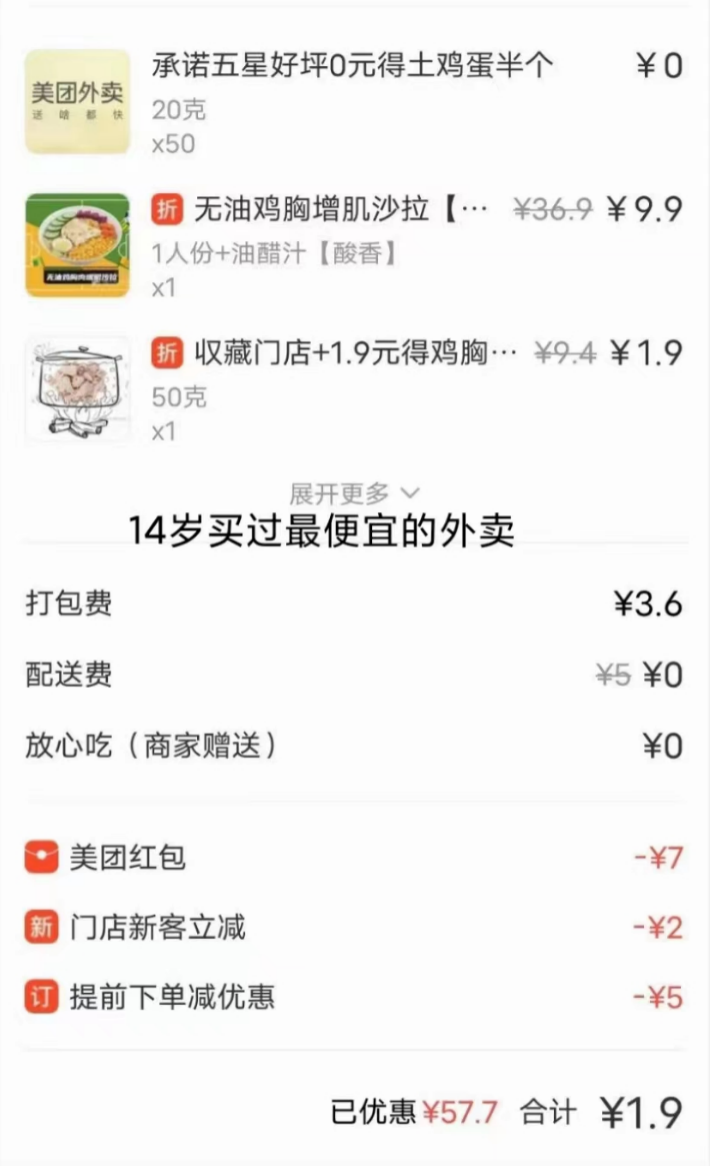
这是真实存在的!
6. 奇偶定价法
- 最后一种定价方法也很通俗易懂,商家在价格上面玩了一些小心思。与其定价为9元,他们会定为9.99元,这不仅能多收0.99元,还能保持顾客“这只要个位数”的错觉,降低人们对价格的敏感度。商家将会在看似不起眼的几毛钱里获得不少额外的利润。
7. 价格歧视
- 价格歧视既可以算一种定价方式,也可以算作销售模式。它的定义为卖同一个产品时向不同顾客收取不一样的费用,从而增加需求量以及总收入。价格歧视也分为三种:一级价格歧视,二级价格歧视,三级价格歧视。
- 在这里我们先用最不常见,但是最基础的一级价格歧视来做铺垫。在一级价格歧视中,商家清楚的知道消费者的保留价格(即消费者愿意为一个产品付得最高价格),然后向买家逐个收取。可能看到这里,大家就可以明白一级价格歧视在真是生活中很少见的原因,绝大多数商家很难完全了解个人的消费偏好。倘若要通过市场调查来获得的话,也将花费大量的时间及人力成本。但有一些商家,例如汽车4S店,通过雇佣销售来和顾客谈判价格,很多时候来来回回的讨价还价会让售卖价格逐渐向保留价格接近。
- 感兴趣的同学可以查一下《初来乍到》买汽车的桥段,在这个片段里路易斯黄和她妻子的保留价格低于市面上大多数客户,但仍高于产商的边际成本,所以最后通过一路杀价达到了一个接近于保留价格的点。如果换作是一个更富裕的顾客,他们可能会在第一个销售给出一点优惠时就下单,因为他们的保留价格更高。
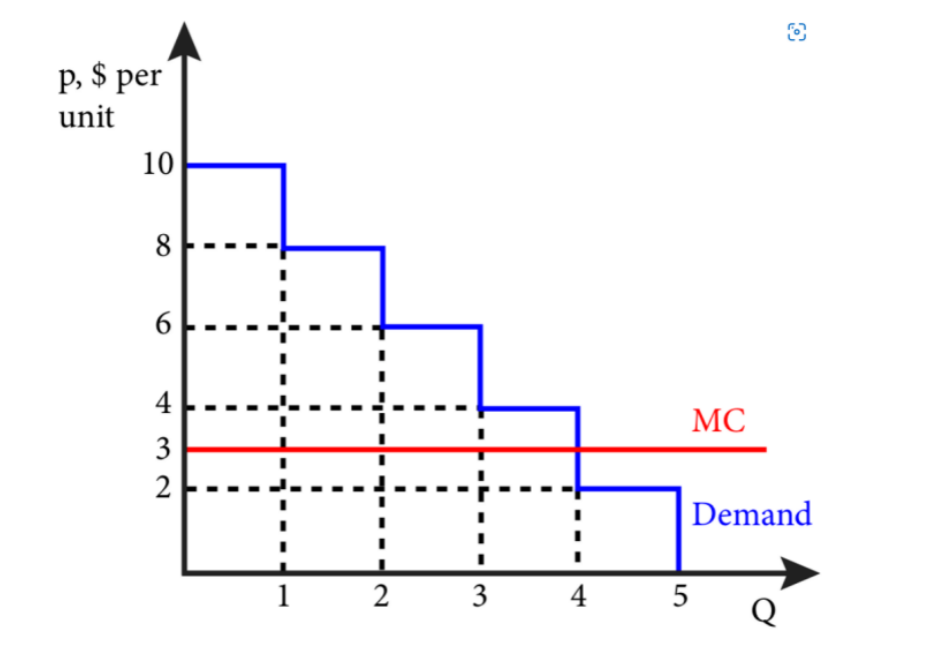
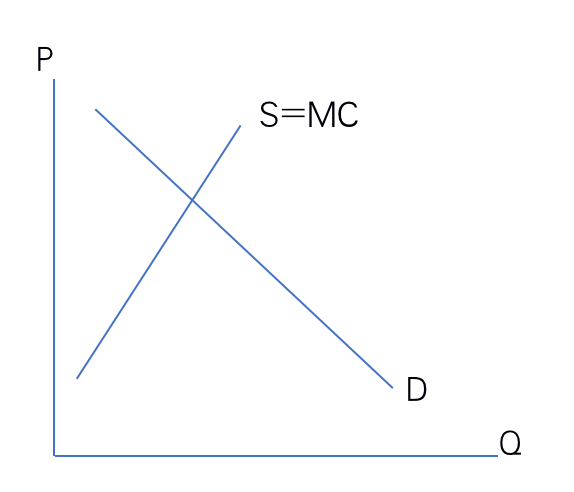
代数考虑:
P=D(Q)
(p=price D(Q)是需求曲线 Q是生产数量)
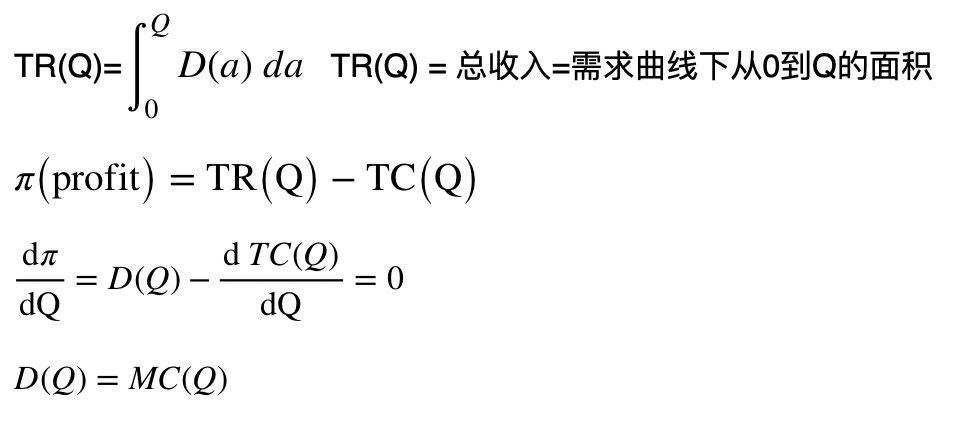
当实行以及价格歧视时,商家会选择和完全竞争市场一样的生产数量。
再来一道题目大家可以尝试一下:
假设一个垄断者有两个需求曲线:
D(p1)=100-p1
D(p2)=100-2p2
以及边际成本为10元,请分别计算在价格歧视下和在非价格歧视下的定价。
参考答案:
当可以实行价格歧视时,两个式子可以分开求,先求出需求反函数
P(y1)=100-y1
P(y2)=50-y2/2
当边际成本等于边际收益时,可以列出等式
100-2p1=10
50-y2=10
得出 y1=45, y2=40
带入原需求曲线求得
p1=55, p2=20
当不可以进行价格歧视,意味着垄断者只能收取一个价格时,我们将把两个式子相加,求得总需求:
D(p)=D1(p1)+D2(p2)=200-3p2
同样求出需求反函数
P(y)=(200-y)/3
当边际成本等于边际收益时,可以列出等式
200/3-2/3y=10
求出y= 85, p=115/3 S
4
结束语
●
以上就是有关于定价策略的介绍,希望看完这篇推文有让大家更明白商家背后的小心思。自己在高中做点小生意时也可以用用。
如果你还对这篇文章有不清楚的地方,欢迎加入BPC学术部,包学包会~
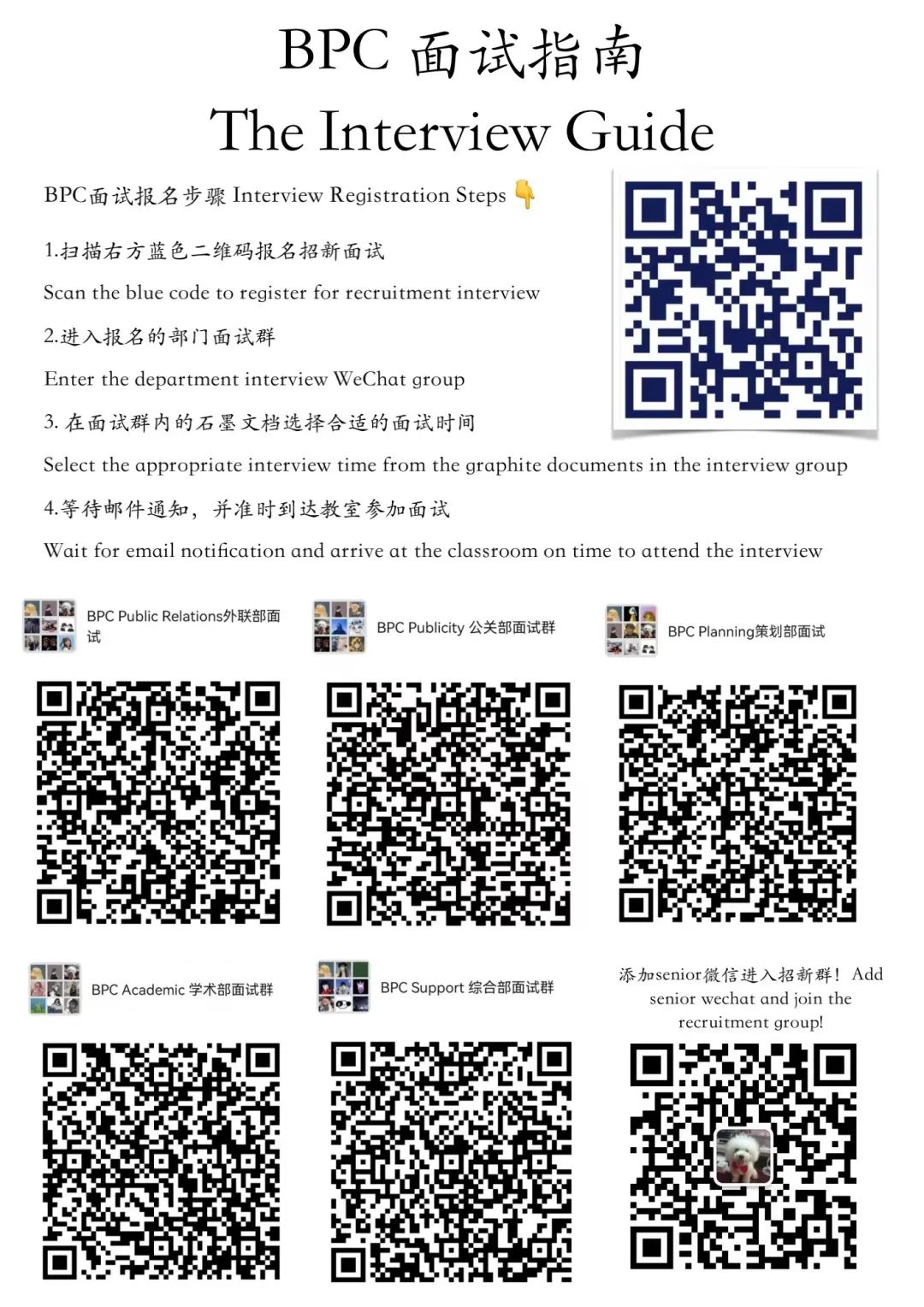
#END#
文案|Emily
排版|Florence Yawen

欢迎关注我们!
bpcscie
Pricing strategies — what make your wallet empty
1
Introduction
●
Although setting a reasonable price can help a company to obtain higher revenue, there are still many merchants who ignore the importance of pricing. Especially for some small-scale businesses, they just add a little premium to the cost of production to set the official sale price.
This tweet will introduce some of the most common pricing strategies to provide inspiration for students preparing to participate in BPC’s 12th Business Practice Competition. If you are not one of the participants, you are still very welcomed to continue reading this article! Perceiving merchants’ pricing strategies will also help you to avoid falling into tricks played by the merchants in your future purchase of goods.

2
Pricing
●
What Is “Pricing”?
"Pricing" has been mentioned for multiple times from the very beginning, but what exactly is pricing? Pricing is, quite literally, the amount of money a consumer has to pay for the product or service. But do not underestimate this simple number, which contains the merchant’s positioning of the brand, and also contains the important factors that affect the consumer's decision to buy the product.
What Kind of Pricing Is Appropriate?
1. An appropriate price reflects the nature of the product
In this era of increasingly symmetrical commodity information, many consumers still have a price bias. For instance, people often have the subconscious as "you get what you pay for” and "the more expensive means the better”. Therefore, merchants need to consider what kind of first impression the price of a product will indicate to consumers: it can be a low price that brings a feeling of "small profit and high turnover", or a slightly higher price than the market price, which brings a sense of superiority of "exclusive customization”.
2. An appropriate price makes the product competitive in the market.
Generally speaking, as long as the lower price is well-advertised, so that consumers know where to buy to spend relatively less amount of money, the merchant will naturally be in a competitive position. But if the price is higher than the average market price, the merchants needs to highlight its own unique selling point and convince consumers of the difference between its product and similar products in the market.
Knowing the importance of pricing and the two criteria for an "appropriate" price, let's take a look at some common pricing strategies.

3
Common Pricing Strategies
●
1. Cost Plus Pricing
- This method is most commonly used by small businesses such as individual merchants, mainly because it is the most straightforward method of pricing.
price = cost x (1 + markup)
- Eg: I used this pricing strategy to sell roses when I was young. The wholesale price was 4 yuan, and I sold them for 5 yuan, so my profit was 25%.
2. Value Based Pricing
- Different from the first strategy, this one focuses on the value assigned to the product by the consumer, rather than the cost to the producer. The advantage is that the final price will be more acceptable to the public, but the difficulty is to know how much consumers are willing to pay for your product.
3. Competitive Pricing
- Competitive pricing, as the name implies, refers to the price set by competitors as a reference, which saves some costs of market research. This generally applies to a perfectly competitive market, where prices of all merchants tend to be the same, or an oligopoly scenario: iQiyi, Tencent Video, and Mango TV members have similar prices.
- But in implementing this strategy, don't ignore your own production costs and blindly follow the trend.
- (Oligopoly is when a market is dominated by a small number of companies. Unlike a perfectly competitive market, oligopolies can work together to raise prices and become price setters.)

4. Price Skimming
- You must be wondering, can the price also skim? !
- Skimming pricing, compared with the previous ones, has a lot more of depth. Its main principle is: in the absence of similar product competition, charge at a higher price towards consumers with higher capability of purchasing to speed up the recovery of initial investment costs and reduce the investment risk. When competitors rush into the market, the price will be lowered gradually to maintain the cost performance.
- Eg: Apple earned more profits by this strategy.

5. Penetration Pricing
- Penetration pricing refers to the practice of gaining market share by entering a new market at a very low cost, and then gradually raising prices when competitors exit the market due to fierce price wars. If you look at the new takeout restaurants around you, you'll notice that the discounts they offer when they open are very high, and after a while the coupons taper off.
- (However, for small companies, this strategy is accompanied with many risks. Last year, when a new takeout shop opened, I ordered takeout for 3 weeks at a single digit price, but the shop closed down within two months. It can be seen that customer loyalty is not high enough to make them cover the higher price of 10 yuan.)
- Tip: Penetration pricing may ignite the price war, allowing vicious price competition between merchants.
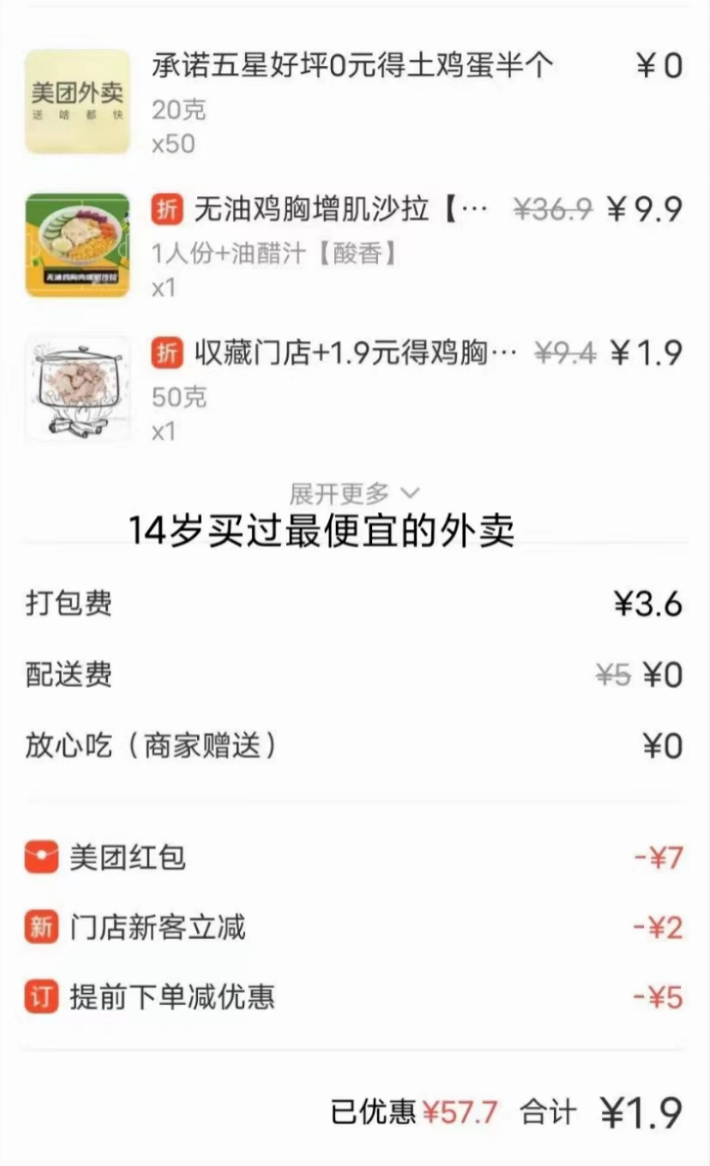
This is what really exists!
6. Parity pricing
- The last pricing strategy is also very easy to understand, the merchants play with the price of a little thought. Instead of charging 9 yuan, they will charge 9.99 yuan, which not only adds 0.99 yuan, but also keeps customers' illusion that it's only in the single digits, reducing people's sensitivity to the price. Merchants will get a lot of extra profit out of what looks like a few pennies.
7. Price Discrimination
- Price discrimination can be either a pricing strategy or a sales model. It is defined as charging different customers different fees to sell the same product, so as to increase the demand and total revenue. Price discrimination is also divided into three categories: first-tier price discrimination, second-tier price discrimination and third-tier price discrimination.
- Here we start with the least common, but most basic, form of first-tier price discrimination. In first-tier price discrimination, a merchant knows exactly what a consumer's reserve price is (that is, the maximum price a consumer is willing to pay for a product) and then charges buyers one by one. Perhaps you can see the reason why first-tier price discrimination is really rare in life. It is difficult for most businesses to fully understand individual consumption preferences. If it is to be obtained through market research, it will take a lot of time and labor costs. However, some businesses, such as Automobile 4S shops, employ sales to negotiate the price with customers. In many cases, the back and forth bargaining will make the selling price gradually close to the reserve price.
- If you are interested in this scenario, you can look up the car buying scene (in Fresh Off The Boat) in which the reserve price of Lewis Huang and his wife is lower than that of most customers in the market, but still higher than the marginal cost of the manufacturer, so they finally reach a point close to the reserve price by bargaining all the way. If it were a more affluent customer, they might order as soon as the first sale offers a small discount because they have a higher reserve price.
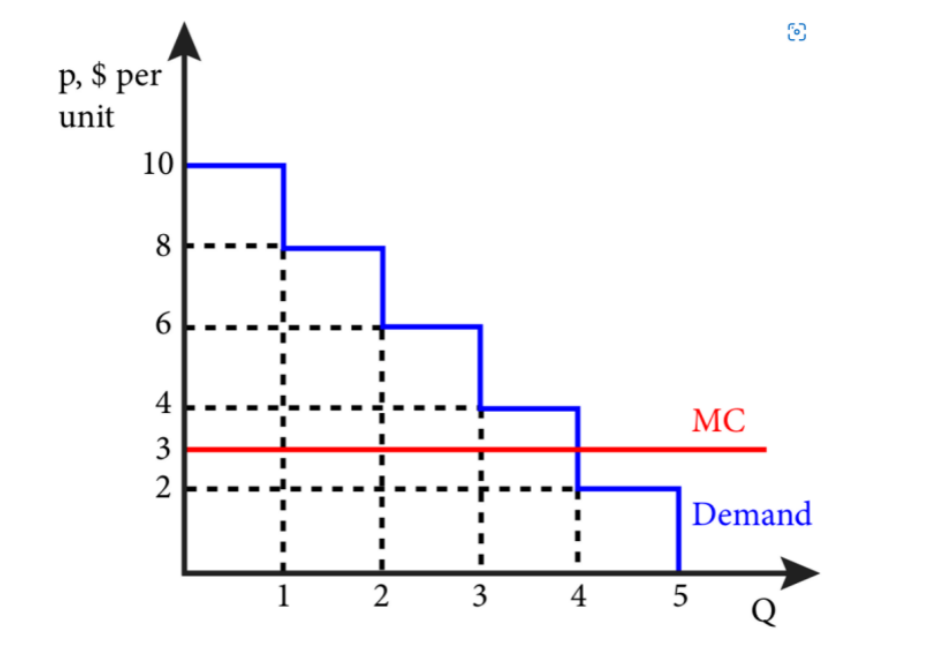
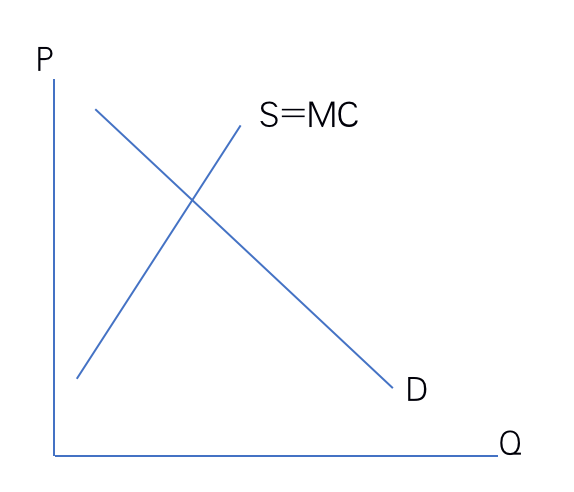
Consider using algebra:
P=D(Q)
(p=price D(Q) is the demand curve and Q is the quantity produced)
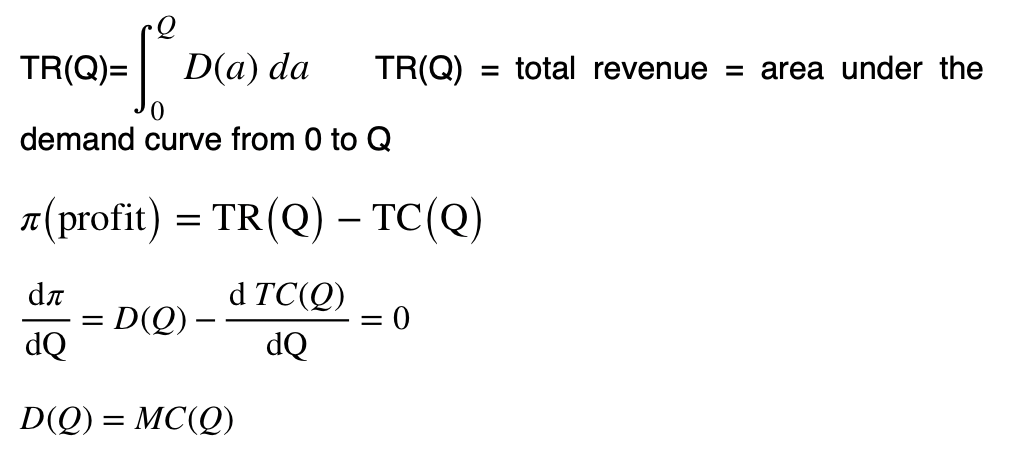
When price discrimination is applied, merchants will choose to produce the same quantity as they would in a perfectly competitive market.
Here is another question that you might want to have a try:
Suppose a monopolist has two demand curves:
D(p1)=100-p1
D(p2)=100-2p2
And the marginal cost is 10 yuan. Please calculate the price under price discrimination and the price under non-price discrimination respectively.
Reference Answer:
When price discrimination is possible, you can separate the two equations and find the inverse demand function first:
P(y1)=100-y1
P(y2)=50-y2/2
When marginal costs are equal to marginal benefits, you can write the equation:
100-2p1=10
50-y2=10
We get y1= 45, y2 = 40
Substituting the original demand curve, we got:
P1 =55 and P2 =20
When price discrimination is not allowed, meaning that the monopolist can charge only one price, we will add the two equations together to find aggregate demand:
D(p)=D1(p1)+D2(p2)=200-3p2
We also find the inverse demand function:
P(y)=(200-y)/3
When marginal costs are equal to marginal benefits, you can write the equation:
200/3-2/3y=10
We get y = 85, p = 115/3 S
4
Ending
●
The above is a general introduction of pricing and pricing strategies. I hope that after reading this tweet, you can better understand the thoughts of the merchants. You can use it when you start a small business in high school.
If there are any unclear points in this article, welcome to BPC Academic Department and let’s discuss together~
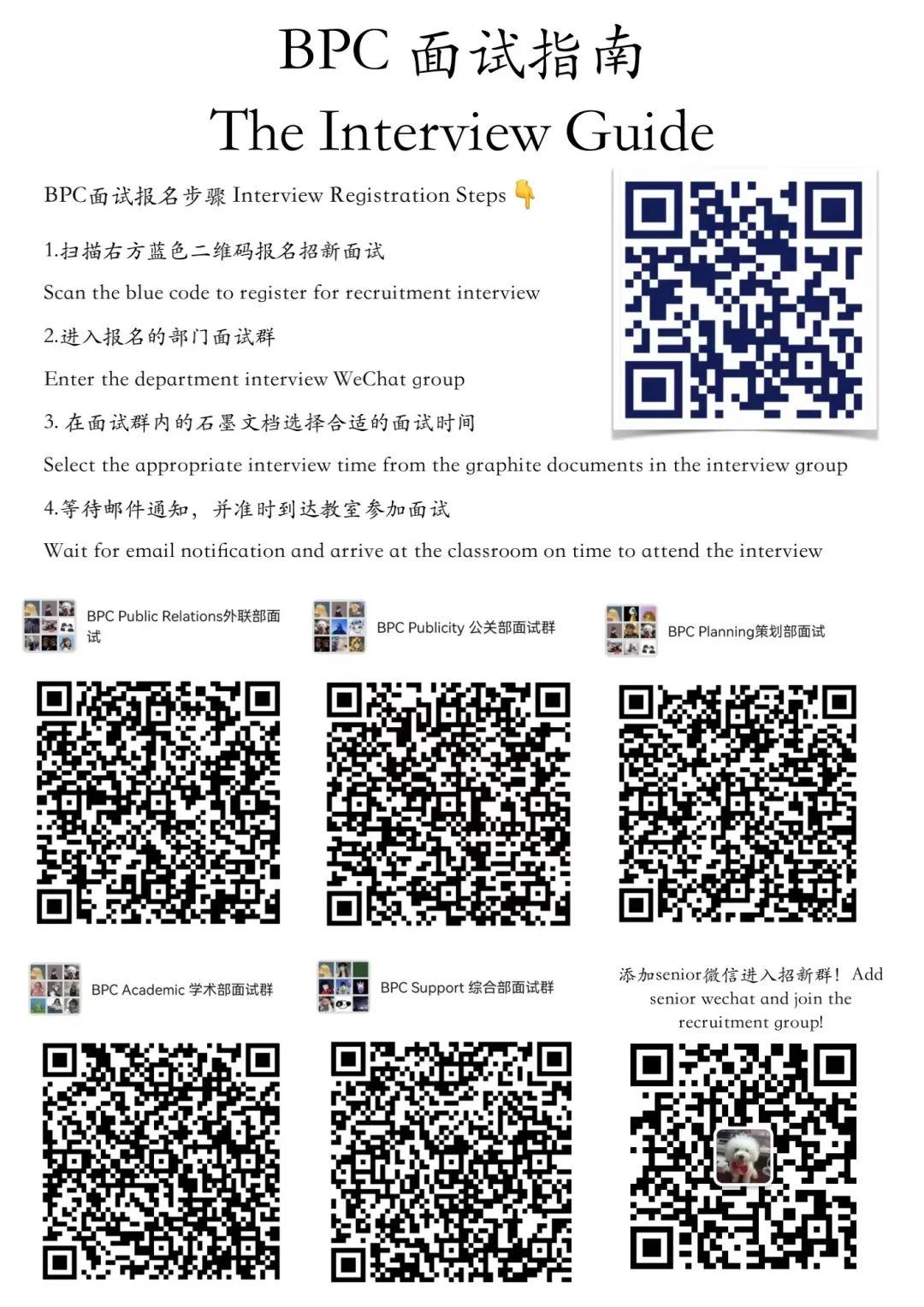
#END#
Writing|Emily
Translation|Sharon
Design|Florence Yawen

Please subscribe!
bpcscie
本篇文章来源于微信公众号: bpcscie
本篇文章来源于微信公众号: bpcscie
推荐阅读:
版权声明:“备战深国交网”除发布相关深国交原创文章内容外,致力于分享国际生优秀学习干货文章。如涉及版权问题,敬请原作者原谅,并联系微信547840900(备战深国交)进行处理。另外,备考深国交,了解深国交及计划参与深国交项目合作均可添加QQ/微信:547840900(加好友时请标明身份否则极有可能加不上),转载请保留出处和链接!
非常欢迎品牌的推广以及战略合作,请将您的合作方案发邮件至v@scieok.cn本文链接:http://www.scieok.cn/post/3519.html
-
- 深国交商务实践社:BPCC 2021年第11届商赛 | 初赛赛程
- 深国交SUCC决赛周边美食,南山中心区觅食
- 深国交商务实践社BPCC商赛 | 总决赛投资竞标正式启动!
- 深国交BPC x Tigress | 为什么我在众多活动中选择了tigress
深国交商务实践社BPC:让你钱包空空的N种定价策略
44816 人参与 2022年09月24日 08:18 分类 : 深国交BPC社 评论
search zhannei
深国交2024年英美本科录取小计
-
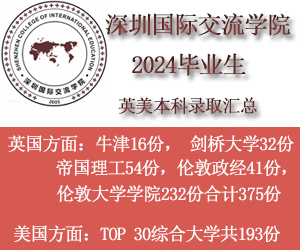
未标注”原创“的文章均转载自于网络上公开信息,原创不易,转载请标明出处
深国交备考 |
如何备考深国交 |
深国交考试 |
深国交培训机构 |
备战深国交 |
联系方式
Copyright www.ScieOk.cn Some Rights Reserved.网站备案号:京ICP备19023092号-1商务合作
友情链接:X-Rights.org |中国校园反性骚扰组织 | 留学百词斩 | 南非好望角芦荟胶 | 云南教师招聘考试网 | 备战韦尔斯利网| 备战Wellesley



